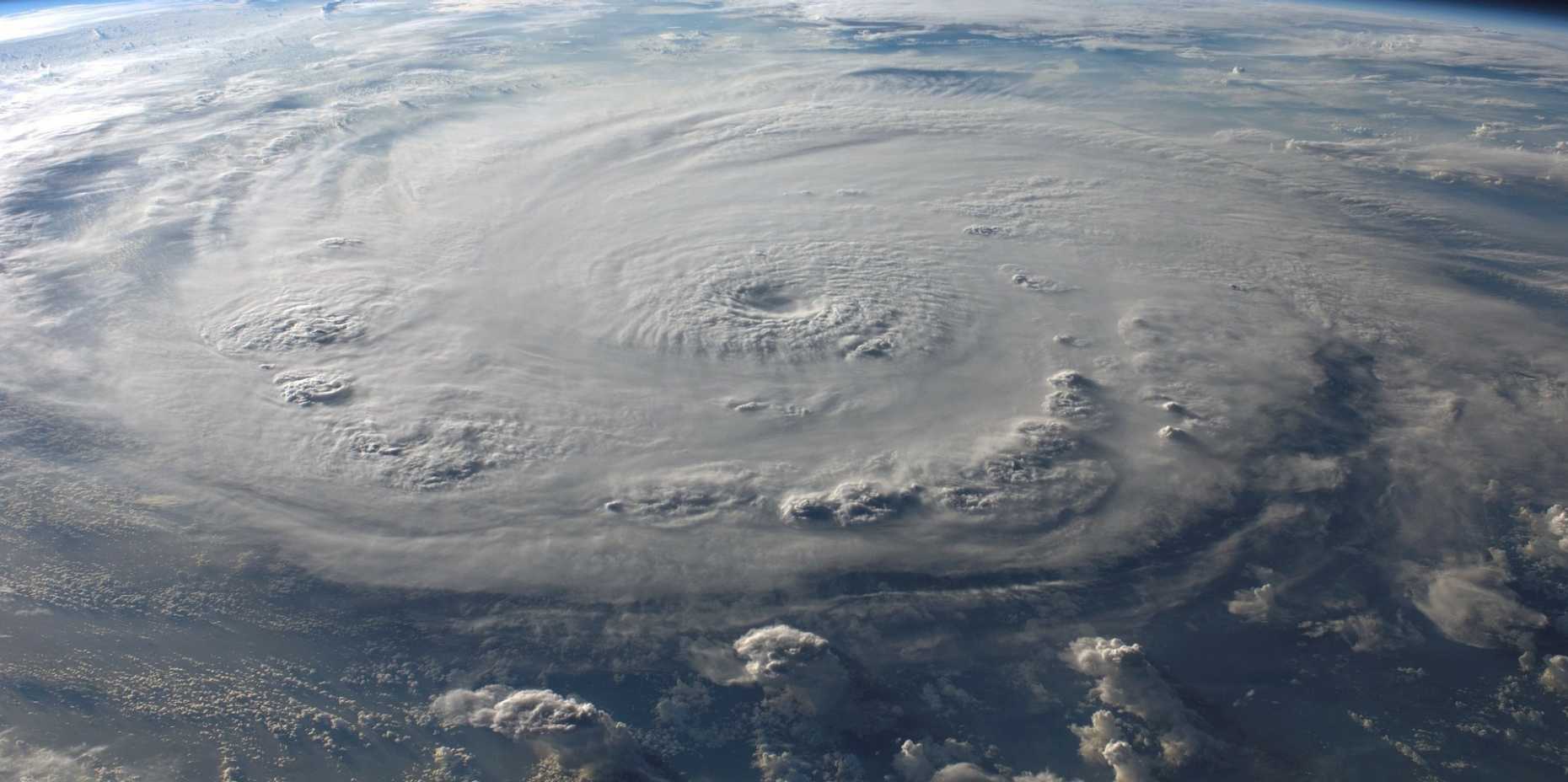Governance of Climate Engineering
Yesterday, December 1st, Professor Edward Parson from UCLA's School of Law and Professor David Keith from Harvard's John F. Kennedy School of Law visited the ISTP and spoke about their research on the governance of climate engineering.
By MSc STP student Michael Pfister

Geoengineering has long been excluded from the global discourse about climate change, mainly due to fears concerning “lock-in” or “slippery slope” effects. As the issue of global warming increases in urgency, however, the various technologies under the umbrella term “geoengineering” are receiving more attention, and there is demand for more government regulation.
1. Solar Radiation Management
Geoengineering comprises technologies that directly intervene in the world’s climate system, mainly in two ways: carbon dioxide removal – for instance, via fertilizing the oceans and thereby cultivating more carbon-reducing algae – or solar radiation management. The latter refers to technologies that discharge specific substances into the stratosphere and increase the earth’s overall reflectivity – causing the earth to absorb less radiation from the sun.
Professor Parson described technologies for solar radiation management, particularly discharging small particles of mylar foil or sulfuric acid. In order to obtain a sunlight reflecting effect similar to clouds, the sulfuric acid droplets need a size of 0.5 and a thickness of 0.25 micrometers. As Professor Parson’s group calculated, the application costs of this technology would be relatively low – a fleet of merely 30 airplanes and a budget of approximately 2.7 billion dollars a year would be sufficient to offset half the global mean temperature increase.
Once discharged, the sulfuric acid droplets are expected to stay in the stratosphere for two years before sinking back to the lower atmosphere, which could cause health concerns. But as Professor Parson pointed out, this amount of sulfuric acid would be extremely low compared to the amount that we currently discharge by burning fossil fuels.
2. Risks of Geoengineering
Parson and Keith’s research has thus far shown that geoengineering methods have great potential to mitigate global warming, they are technically feasible, the costs are relatively low and expected health risks are surprisingly small. But are there further risks associated with these technologies?
Today, policymakers and scientists alike are concerned that more research and more effective geoengineering methods would steer global efforts away from the real challenge— shifting the global economy to carbon-free technologies—towards the mere treatment of global warming “symptoms.” Furthermore, there is a fear that once such technologies are in use, a sudden stop would cause sharp increases in global temperatures and would be likely to cause strong and unpredictable reactions in the global climate systems, so that we would essentially be dependent of the continuous use of geoengineering. These fears are commonly referred to as the “lock-in” or “slippery slope” effect, and they are the reason that research on geoengineering has been limited and very small scale.
However, as the consequences of global warming increase in urgency, and given the effectiveness and feasibility of geoengineering, there is a growing consensus that these methods are likely to be used, regardless of the extent of regulation and scientific research.
That said, who are the actors most likely to deploy geoengineering methods? The countries who suffer the most from global warming are also the poorest and most vulnerable areas of the world. They are afflicted with the consequences of a problem that has largely been created by industrialized countries, and therefore the arguments against geoengineering, mainly emanating from green parties, the environmentally educated and leftist circles in richer countries, somehow constitute an ethical contradiction to them. These countries—often not highly democratic—are thus quite likely to support and utilize effective and low-cost geoengineering methods.
However, the local and uncoordinated use of geoengineering by multiple actors represents a big risk, as consequences could escalate quickly and affect the climate system at a global scale.
3. Proposals for solutions
How would policy solutions that prevent such worst-case situations and take the fears of “lock-in-effect” and “slippery slope” into account look? Prof. Keith proposes three steps:
- Start with small measures that are feasible today. A small international council could be formed to frame future international actions.
- Linkage/Mitigation: As previously described, the biggest fear among scientists is that the availability of geoengineering methods could lead to situations where policymakers stop addressing the underlying chemical causes of climate change.
This problem could be addressed by a mechanism where the use of geoengineering methods would require an international allowance: for example, such an allowance could be linked to achievements in CO2-abatement.
- Pursuing expanded research: With the appropriate policies in place to circumvent “lock-in” or “slippery slope” scenarios, it would be necessary to conduct deeper research in the field, namely field experiments and computer modelling of the consequences of geoengineering for the global climate system.
